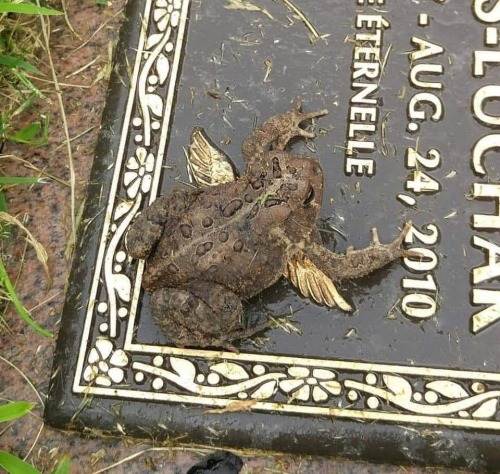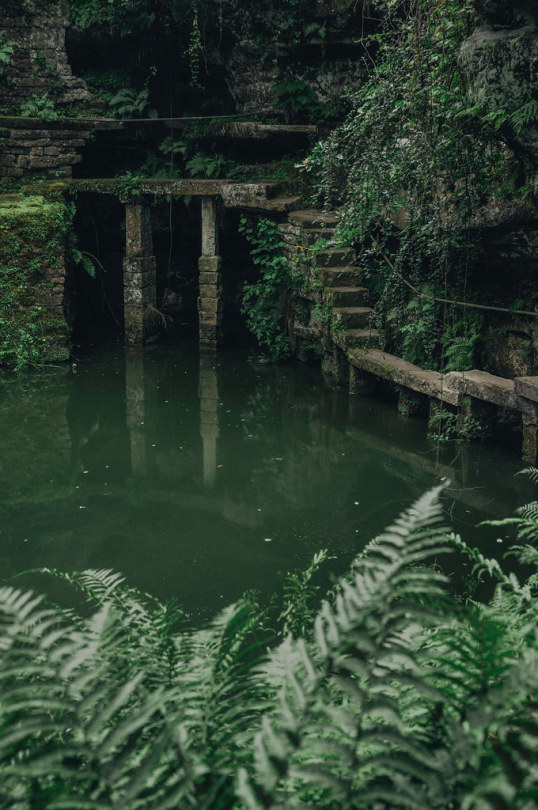
monopol der queeren szene in rlp. glaub icher/ihm.
78 posts
Latest Posts by zieht-in-den-norden - Page 2



Ethiopian wolves feed on the sweet nectar of a local flower, picking up pollen on their snouts as they do so – which may make them the first carnivores discovered to act as pollinators.
The Ethiopian wolf (Canis simensis) is the rarest wild canid species in the world and Africa’s most threatened carnivore. Endemic to the Ethiopian Highlands, fewer than 500 individuals survive.
Sandra Lai at the University of Oxford and her colleagues observed wild Ethiopian wolves lapping up the nectar of Ethiopian red hot poker (Kniphofia foliosa) flowers. Local people in the mountains have traditionally used the nectar as a sweetener for coffee and on flat bread.
The wolves are thought to be the first large carnivore species ever to be recorded regularly feeding on nectar.
“For large carnivores, such as wolves, nectar-feeding is very unusual, due to the lack of physical adaptations, such as a long tongue or specialised snout, and because most flowers are too fragile or produce too little nectar to be interesting for large animals,” says Lai.
The sturdy, nectar-rich flower heads of the poker plant make this behaviour possible, she says. “To my knowledge, no other large carnivorous predator exhibits nectar-feeding, though some omnivorous bears may opportunistically forage for nectar, albeit rarely and poorly documented.”
Some of the wolves were seen visiting as many as 30 blooms in a single trip. As they lick the nectar, the wolves’ muzzles get covered in pollen, which they could potentially be transferring from flower to flower as they feed.
“The behaviour is interesting because it shows nectar-feeding and pollination by non-flying mammals might be more widespread than currently recognised, and that the ecological significance of these lesser-known pollinators might be more important than we think,” says Lai. “It’s very exciting.”
Lai and her colleagues at the Ethiopian Wolf Conservation Programme now hope to dig deeper into the behaviour and its ramifications. “Trying to confirm actual pollination by the wolves would be ideal, but that would be quite challenging,” she says. “I’m also very interested in the social learning aspect of the behaviour. We’ve seen this year adults bringing their juveniles to the flower fields, which could indicate cultural transmission.”

[Image ID: A picture of a bee and a wasp, both labeled. Both are colored yellow and black. Facts are listed about each one in their respective columns.
Bee:
Cute and fuzzy, like a friend
Make honey
Come in pretty colors with different occupations (blue orchard bee, carpenter bee)
Pollinators!
Freeloaders who will come build hives in the walls of your house
Communicate with dancing
According to all known laws of aviatin, honey bees can fly up to 15 mph
Like sweet things
Over 20,000 species--not just honeybees!
Wasp:
Cool and sleek, like a motorcycle
Prey on pests
Come in pretty, iridescent colors (ruby tailed wasp)
Will try to mooch off your drinks (so check your cans!)
Pollinators!
Leave you paper nests that you can sell to collectors
Communicate with smells
Like sweet things
Over 30,000 species--not just [kind I hate]
At the very bottom, in smaller text, is the URL bug-maniac.tumblr.com. /End ID]
NO ANTI-WASP SENTIMENTS ON THIS POST

take everything I say with a hint of garlic, ginger, spring onions and a dash of soy sauce

Birders: do you ever wonder if this happens?
Original on my site | Patreon

ein hobbit unten am hafen i will always love you

Welcome to the Jungle by *M.*





Blue tits around the feeding area and an approaching masked robber
When I say "connect with nature" I don't just mean the aesthetic forests with deer and beautiful flowers.
I mean the weeds growing through concrete, the fungus that grows on the rotten shed, the nettles that always seem to return and the scary, spindly cellar spider in the corner of the bathroom.
Nature is not always pretty or magical - the pigeons and seagulls you swat at are nature too, the wasps and flies that hover by your meals are animals too, store-bought strawberries and the leaves that fall from your neighbour's tree are not all that different from the Giant Sequoias and it's seeds.
If you want to connect and understand nature, I mean *really* connect to it, in it's entirety, you have to seek out and learn about the ugly, scary and mundane things as well. You don't have to like it, just don't forget that it's there.
"Mach dir gar keinen Stress, ich hab genug Töpfe. [...] Dann lass uns die Woche zum großen Topftausch treffen. Die große Topf-Rochade."
happy trail isnt enough. i need happy meadow. happy forest.





chasing waterfalls



i love tree news
Go hiking. Fake your death. Become one with the forest. Elevate to forest god. The simple things.

The Life Cycle of a Blackberry

The Life Cycle of a Blackberry
'alles endet alles ändert alles wendet sich' ist SO ein underrated-es Lied und außerdem das beste überhaupt
the contrabass saxophone is such an absurd instrument








on leaving
what if i love you more than anything in this lifetime? what if i love you with the passion of a thousand suns in their dying breath? what if i'd let myself ruined by an extinguished flame if your love was to gain? what if i call for you a thousand times? it doesn't mean you'll come
balthazar, losers \\ fatima aamer bilal \\ trista mateer \\ unknown \\ unknown\\ jan heller levi
happy trail isnt enough. i need happy meadow. happy forest.
happy trail isnt enough. i need happy meadow. happy forest.

Dewerstone Woods Dartmoor UK
source? it was revealed during my nature walk.
Been working in pest control for 3 months now and i can confidently say that nobody on earth seems to understand that sometimes You Will See A Bugs and that's Normal if you live literally anywhere with oxygen